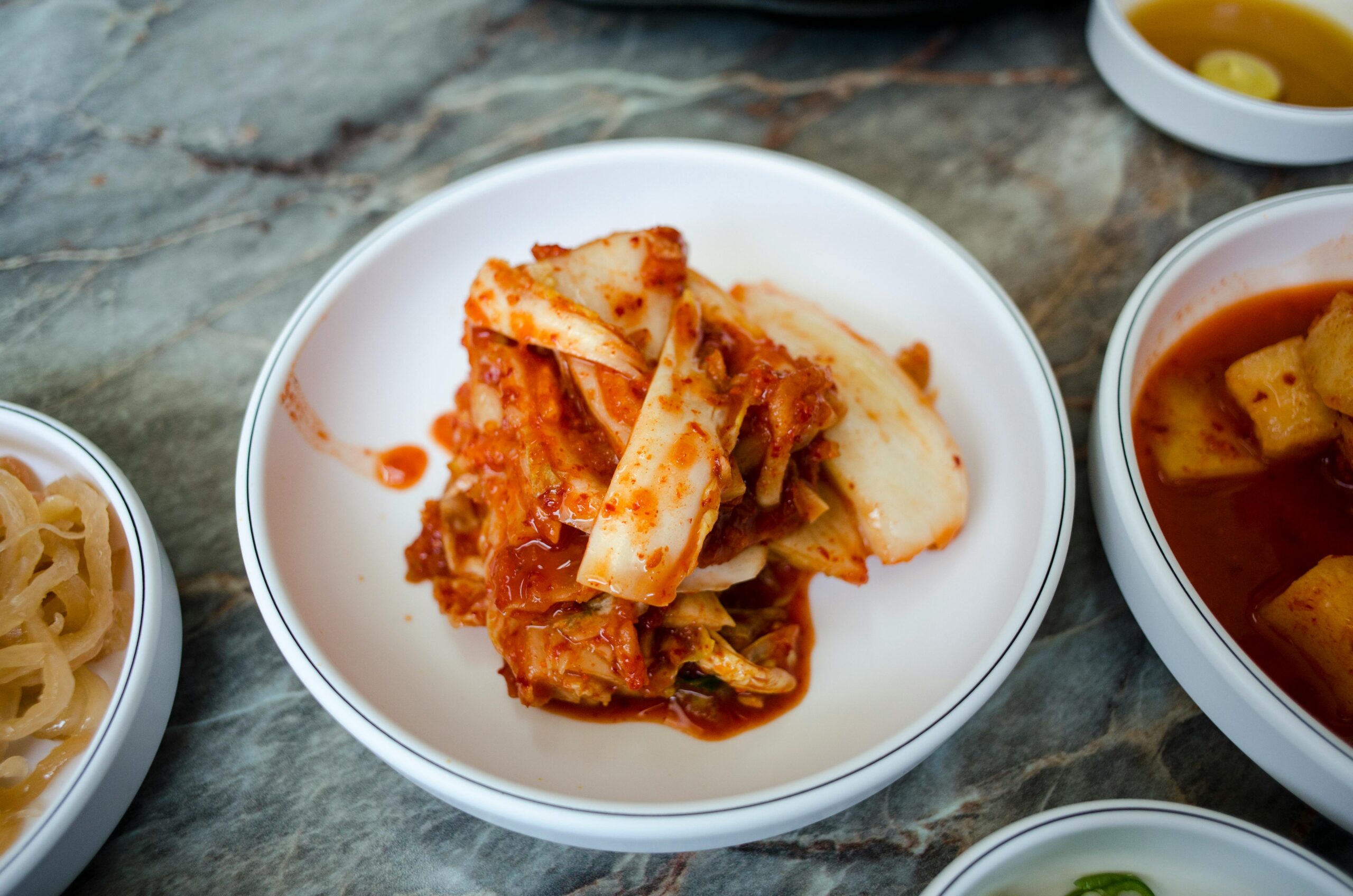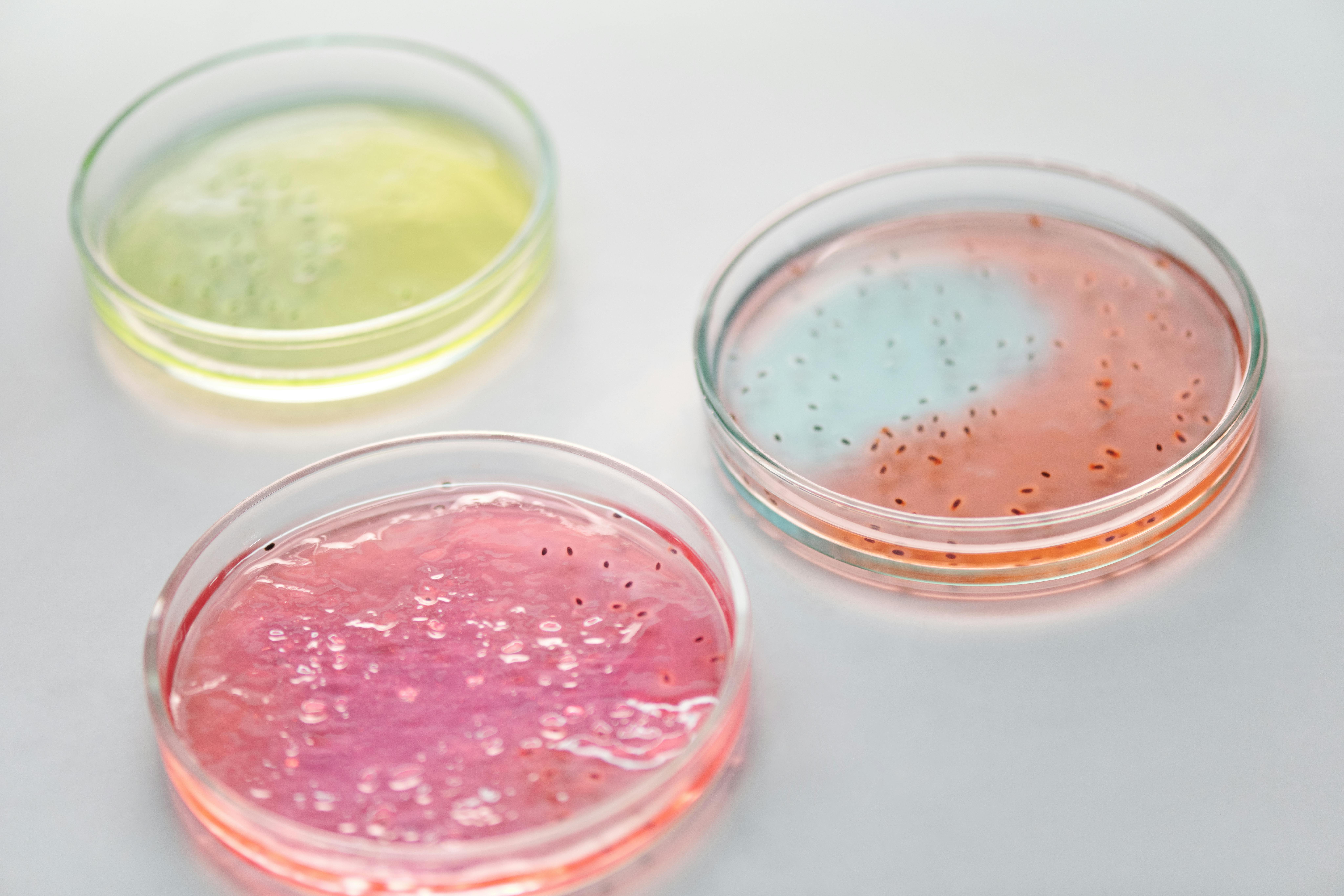In the hidden world inside your gut, an invisible army of bacteria tirelessly works, breaking down your food and influencing your health in countless ways. These microscopic residents, like the bustling inhabitants of a vibrant city, must constantly adapt to the ever-changing resources around them. New research unveils a remarkable internal communication system within one common gut bacterium, Bacteroides thetaiotaomicron, that allows it to perfectly fine-tune its energy use. This discovery reveals a surprising level of control these tiny organisms wield over their survival, impacting everything from their ability to thrive on diverse diets to their very presence in your intestines.
At the heart of this bacterial intelligence lies a molecular partnership: a key protein known as RbpB and a newly discovered family of small genetic messengers called FopS. This isn’t just about simple digestion; it’s a sophisticated, RNA-based switch that helps these bacteria conserve energy and adapt on the fly. The most astonishing part? This intricate regulatory dance directly affects the bacteria’s ability to survive and colonize your gut, especially when food sources become scarce and they must rely on the body’s own mucus for sustenance. This highlights the complex biology happening right inside us, reshaping our understanding of gut health and the incredible adaptability of its microbial residents.
Unraveling Bacterial Survival Strategies: The Research Process
To uncover how Bacteroides thetaiotaomicron masters its metabolism, scientists embarked on a detailed investigation, blending studies in living organisms with precise laboratory analyses. Their primary subject, Bacteroides thetaiotaomicron, is a highly influential and common resident of the human gut.
The “in-vivo” (meaning “in a living organism”) part of the study involved C57BL/6 mice, a standard model for biomedical research. Before introducing the bacteria, the mice were prepared with different diets—some on a fiber-rich “control” diet, others on a “low-fiber” diet. To help the Bacteroides thetaiotaomicron establish itself, the mice received a daily antibiotic treatment for five days, temporarily clearing out some existing gut bacteria.
After this preparation, the mice were inoculated with a balanced mix of the normal Bacteroides thetaiotaomicron strain and a modified version where the gene for the RbpB protein was removed (called the ΔrbpB mutant). Six days later, samples were taken from the mice’s cecum and colon—parts of the large intestine—to count the abundance of each bacterial strain. This competitive setup ensured both strains experienced the same nutritional environment and interactions with other microbiota members within individual mice, meaning any observed differences were due to the RbpB modification itself.
The “in-vitro” (meaning “in the lab”) experiments were equally vital for understanding the molecular details. One key technique, Cross-linking Immunoprecipitation and Sequencing (CLIP-seq), acted like a molecular “fishing net”. Scientists used a tag on the RbpB protein to capture any RNA molecules it was bound to. By sequencing these RNA molecules, they mapped all of RbpB’s RNA partners, building a comprehensive interaction network.
To confirm these bindings, Electrophoretic Mobility Shift Assays (EMSAs) were used. This technique observes how a protein changes the movement of an RNA molecule through a gel when they bind, with a “shift” indicating binding. This directly validated RbpB’s binding to FopS and other small RNAs, as well as FopS’s binding to target messenger RNAs (mRNAs).
When directly deleting multiple FopS genes proved technically challenging, the researchers turned to CRISPR interference (CRISPRi). This advanced genetic tool acts like a dimmer switch, reducing gene expression without permanently altering the DNA, allowing them to lower the levels of multiple FopS family members and observe the consequences.
Finally, in-vitro translation assays helped directly visualize how RbpB and FopS impact protein production. By recreating the protein-building machinery in a test tube and adding or removing RbpB and FopS, they could see how these molecules influenced the creation of target proteins.
The mouse experiments involved two independent sets, each with four individual mice (biological replicates), and three replicates for a specific comparison. Notably, the study also identified sex-specific differences, with the impact of RbpB deletion being more pronounced in male mice. This rigorous methodology underpins the strength of the study’s conclusions.
Key Insights: A Master Switch for Gut Survival
The study’s findings illuminate a fascinating strategy Bacteroides thetaiotaomicron employs to manage its food resources within the complex gut environment. The most significant discovery centers on the RbpB protein and a newly identified family of 14 small noncoding RNAs, now named “FopS”.
RbpB: The Adaptive Conductor The mouse experiments delivered a striking initial finding. When Bacteroides thetaiotaomicron lacked the RbpB gene, the modified bacteria showed a significant impairment in their ability to colonize the mouse gut. This was particularly evident when the mice were on a low-fiber diet. This matters because a low-fiber diet forces these bacteria to shift from digesting dietary fibers to consuming “host-derived glycans”—complex sugars found in the protective mucus lining of the gut. This indicates that RbpB is vital for the bacteria to effectively “forage” on mucus, a crucial survival tactic when preferred dietary options are scarce. The effect of RbpB deficiency was more pronounced in the colon, which has a thicker mucus layer, and, surprisingly, had a greater impact on male mice. This highlights RbpB’s essential role in ensuring the bacterium’s success within its host.
Further investigation showed RbpB operates as a “global RNA-binding protein,” interacting with a wide variety of RNA molecules throughout the bacterial cell. This broad interaction indicates RbpB’s central role in coordinating diverse cellular processes.
FopS: The Resource Gatekeepers Central to RbpB’s regulatory network is the FopS family of sRNAs. These small RNA molecules are highly conserved across different Bacteroides species, suggesting their fundamental importance. Their key role became clear: FopS sRNAs act as suppressors of “polysaccharide utilization loci” (PULs).
PULs are specialized gene clusters that allow Bacteroides to bind, break down, and import specific complex sugars from their environment, including both dietary fibers and host-derived glycans. Crucial components of PULs are the SusC-like transporters, which act as the bacteria’s import gates for these sugars.
The study showed that FopS sRNAs directly block the production of these SusC-like transporters. They do this by binding near the beginning of the transporter’s messenger RNA (mRNA), effectively putting a “stop sign” on the translation process (where genetic instructions in RNA are used to build proteins). This means that even if the instructions for a specific sugar transporter are present, FopS can prevent the cell from actually building that transporter if the particular sugar isn’t available.
RbpB and FopS: A Precise Balancing Act The plot thickens with the discovery that RbpB directly counteracts the repressive effects of FopS. Consider it this way: FopS acts like a gatekeeper, closing the “sugar import” gate when there’s no sugar to be found. But when Bacteroides thetaiotaomicron needs to switch to a different food source or when environmental conditions change, RbpB steps in to open that gate, allowing the bacteria to adapt quickly. This intricate interplay allows the bacteria to “switch off specific PULs in the absence of the cognate substrate or in the presence of an alternative, preferred carbohydrate source to optimize fitness”, ensuring they don’t waste energy producing enzymes for sugars that aren’t there.
Experiments using CRISPRi provided compelling support for this. When researchers experimentally reduced the levels of FopS sRNAs, Bacteroides thetaiotaomicron grew better on specific complex sugars, like high-mannose N-glycans, which are found in host mucus. This confirmed FopS’s role in repressing the use of these sugars and that its reduction frees the bacteria to consume them more efficiently.
The in-vitro translation assays provided the final pieces of the puzzle. They clearly demonstrated that FopS sRNAs directly halted the creation of SusC-like transporter proteins. Critically, when RbpB was added to the mix, this FopS-induced suppression was reversed. This suggests RbpB might pull FopS away from its target mRNAs, effectively releasing the brakes on protein production.
In essence, this RbpB-FopS duo acts as a sophisticated, RNA-coordinated system for metabolic control. When the gut is rich in certain sugars, FopS might ensure that the bacteria prioritize those, not bothering to make transporters for other, scarcer sugars. But when preferred sugars vanish, RbpB steps in, releasing the FopS-imposed block and enabling the bacteria to rapidly adapt and utilize whatever resources are at hand, including those from the host. This dynamic regulation is a powerful demonstration of the remarkable adaptability of our gut microbes.
This newfound understanding of RbpB and FopS provides a deeper appreciation for the profound sophistication of gut bacteria’s survival mechanisms. It highlights how seemingly small genetic elements can orchestrate major impacts on how microbes interact with their hosts—and, by extension, on human health.
Paper Summary
Methodology
This study investigated how Bacteroides thetaiotaomicron regulates its ability to break down complex sugars, using both in-vivo (C57BL/6 mice on varying diets) and in-vitro experiments. Mice were inoculated with wild-type and RbpB-deficient bacteria, with colonization success measured. Laboratory methods included CLIP-seq to map RNA interactions, EMSAs to confirm binding, CRISPRi to reduce gene expression, and in-vitro translation assays to observe protein production.
Results
The research found that RbpB is crucial for Bacteroides thetaiotaomicron‘s gut colonization, particularly on low-fiber diets where bacteria utilize host mucus. This colonization impairment was more pronounced in the colon and in male mice. RbpB operates as a global RNA-binding protein. A key discovery was the FopS sRNA family, which represses the translation of polysaccharide utilization loci (PULs) and their SusC-like glycan transporters. RbpB counteracts this FopS-mediated repression, allowing bacteria to adaptively switch PULs on or off based on available carbohydrates.
Limitations
The study acknowledged that microbe-microbe interactions in mice could not be entirely ruled out. Technical challenges prevented the deletion of multiple FopS genes. While robust, direct confirmation in humans is needed for full applicability of the mouse model findings.
Funding and Disclosures
The research received funding from the German Research Foundation and the European Research Council (ERC), both awarded to Alexander J. Westermann. Collaborating institutions included the Helmholtz Centre for Infection Research (HZI), Helmholtz Institute for RNA-based Infection Research (HIRI), Julius-Maximilians-Universität Würzburg (JMU), Vanderbilt University, and the University of Toronto.
Publication Information
The journal paper is titled “The global RNA-binding protein RbpB is a regulator of polysaccharide utilization in Bacteroides thetaiotaomicron.” It was authored by Ann-Sophie Rüttiger and others. The paper was published online on January 2, 2025, in Nature Communications. The Digital Object Identifier (DOI) is https://doi.org/10.1038/s41467-024-55383-8.












